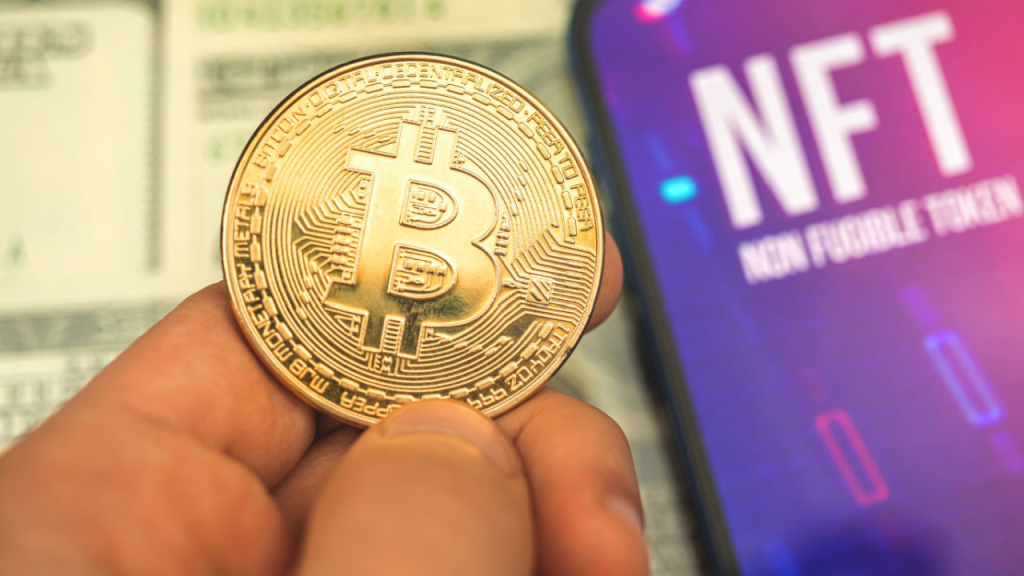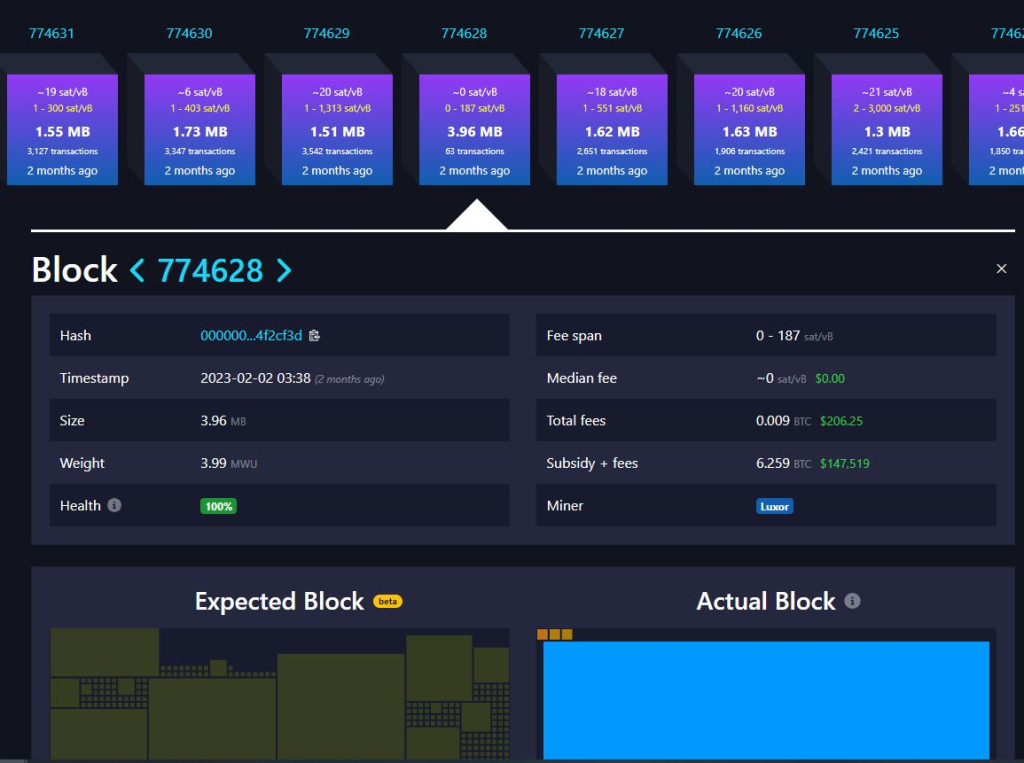This is the first time since its inception in 2009, the Bitcoin Blockchain can do something more than just transfer coins within the network.
In early 2023, the Bitcoin community sparked a new controversy over a new protocol called Ordinals. This is a protocol that allows users to put text, images, and videos inside the Bitcoin blockchain. Something that can only happen in blockchains with smart contracts can do.

Although it has just launched, more than 150,000 NFTs have already been published to the Bitcoin blockchain. This has greatly increased the capacity of each Bitcoin block and increased transaction fees. So what are Ordinals and how do they work?
What is Ordinals?
Casey Rodarmor is a software engineer who has had the idea and developed this protocol since 2022. But it will not be until January 21, 2023. Ordinals will officially go live and allow users to submit “technical content” such as images, text, content directly onto the Bitcoin blockchain. In other words, Ordinals is the protocol that allows the minting of NFTs on Bitcoin.
However, Case Rodarmor does not like to use the term “NFT” like other blockchains, so he coined a new way of calling it “digital artifacts”.
How Ordinals Work?
Each BTC is divided into 100,000,000 satoshi units (or sats). Each satoshi can be traced back to the block it was mined. You can keep track of every satoshi that has been created. Hence each satoshi that is a separate unit has a serial number. Sequence numbers are assigned to satoshi in the order in which the token was mined. The first satoshi in a block has sequence number 0, the second satoshi has sequence number 1 and then it runs until the last satoshi of the block.
Based on that characteristic of satoshi. The Ordinals protocol allows Bitcoin’s full node runners to write data to each satoshi. This creates a unique and trackable version on-chain. When you want to move those satoshi, you can transfer them through wallets the same way transfer BTC.
Ordinals do not need separate sidechains or tokens, or any upgrades from the Bitcoin network. It can work directly on the existing Bitcoin network.
Previously, the Segwit and Taproot upgrade increased Bitcoin’s block size limit from 1MB to a maximum of 4MB. It also allows the development of layer 2 like Lightning Network. It helps the Bitcoin network to support and create smart contracts in the future.

The largest block ever mined on Bitcoin at 3.96MB in size. – Source: mempool.space
February 1, 2023. The Bitcoin blockchain made history when this super giant block containing up to 4 million transactions was created by a developer used to bring the NFT project called “Taproot Wizard” into Bitcoin.
What Ordinals Mean for Bitcoin’s Future?
2021 is the year the community celebrates Bitcoin as a store of value like digital gold. Even the definition of “store of value” doesn’t go too far with Satoshi Nakamoto’s vision of a peer-to-peer crypto currency.
But this time it’s different. NFT on Bitcoin means it is a completely different utility from the original vision and has a strong impact on the network. Because the Ordinals protocol has caused the block size of the Bitcoin blockchain to increase rapidly.
This means that miners will also receive higher fees in addition to receiving transaction fees and block rewards. Ordinals created a new use case for Bitcoin. In the long run, this can be a steady source of income for miners. Give them a lot of incentive to protect the network when in many years the network will no longer reward BTC for mining new blocks.
Ordinals create more incentive for more Bitcoin NFT engraving service providers to download Bitcoin’s full node. As more people load Full nodes, the network will become more decentralized.
Ordinals has opened up a new NFT market on Bitcoin. A market where Bitcoin investors don’t touch platforms other than Bitcoin. But now it is possible to own NFTs on the Bitcoin network.
Controversial opinions about Ordinals
The appearance of Ordinals has caused controversy in the Bitcoin community. Conservatives see this as an attack on Bitcoin. Because they think Bitcoin is a pure money transfer network. It was not born for any other purpose than finance.

While the other group used Ordinals to troll minimalist bitcoiners by loading as much redundant data into each block as possible.
Years ago in 2010. There were ideas about incorporating the domain name system into Bitcoin. The project is called BitDNS. But then was knocked down by Satoshi Nakamoto.
There have been conflict among Bitcoin lovers. Because before they criticized NFT as boring pictures but now it’s put on Bitcoin. But if we look at it another way, this could turn the bitcoin blockchain into a “decentralized historical notebook”. Where events are uploaded in the form of images, videos, words will be broadcast around the world and will stay forever on the blockchain without being censored and deleted by anyone.
But that’s the flip side of decentralization, you can’t censor someone’s creation, you can’t stop someone from experimenting with new things and disrupting them. And a decentralized chain would follow the mission accepted by the majority of that era. Perhaps Bitcoin will become something very different from the missions that Satoshi wrote in the whitepaper.
A decentralized chain cannot carry an original founder’s ideology. It will continue to evolve, continue to adapt, and will adapt to the conditions and philosophies of the times to which it belongs.








